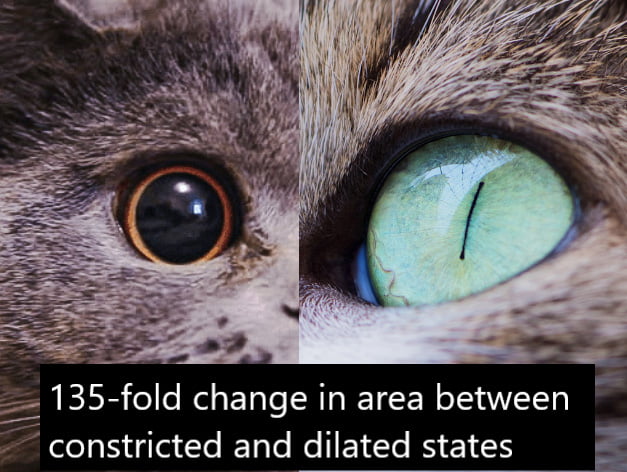


You can do this seated piriformis stretch almost anywhere. And keep your stretches in a pain-free range of motion. By relieving muscle tension and increasing flexibility, they may relieve sciatic nerve compression and ease discomfort in the buttocks, low back, or legs.īut be sure to talk to your healthcare provider first. Below, we discuss five of these stretches that you can try at home. The best stretches for piriformis syndrome should engage the piriformis and surrounding hip muscles. Physical therapy or home exercises, including stretches, range-of-motion moves, and deep-tissue massagesĬorticosteroid injections or surgery when more conservative treatment is ineffective What are the best stretches for piriformis syndrome?Įxperts recommend various treatments for piriformis syndrome, such as:Ī short course of nonsteroidal anti-inflammatory drugs (NSAIDs) or muscle relaxants The key is to learn how to stretch your piriformis muscle safely. Stretches for piriformis syndrome may relieve pain and increase hip flexibility. It can also cause pain that worsens with sitting or moving the hips. But, when strained or injured, it can squeeze or irritate the nearby sciatic nerve, triggering piriformis syndrome.Ĭommon symptoms of this condition include numbness, tingling, and a sharp pain or dull ache in the buttock and down the back of the leg (sciatica) on the affected side. This deep-set muscle that sits at the back of each hip and underneath the glutes helps your hips rotate. The piriformis runs from the lower spine to the top of the thigh.

But you might not be as familiar with piriformis syndrome, a less common cause of sciatica. After all, the common nerve condition affects up to 40% of adults at some point in their lifetime. You or someone you know may have experienced sciatica.


 0 kommentar(er)
0 kommentar(er)
